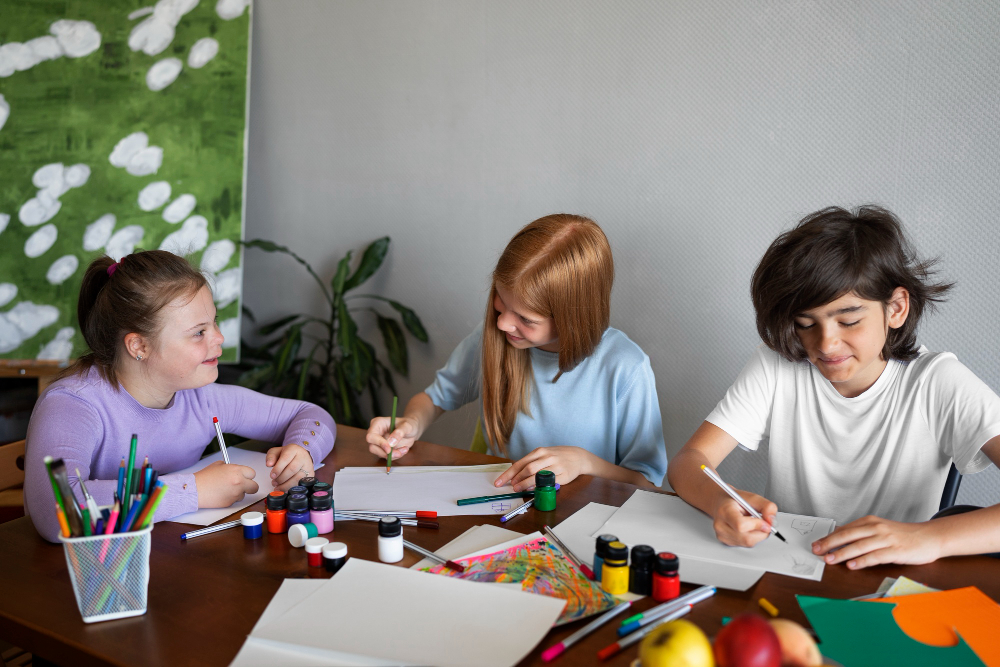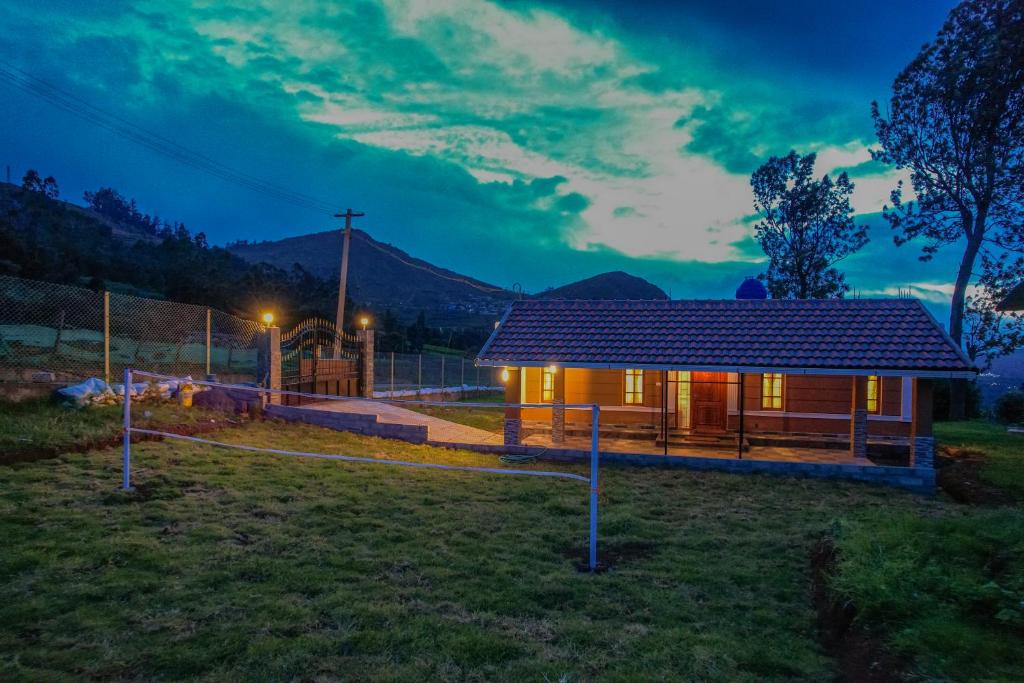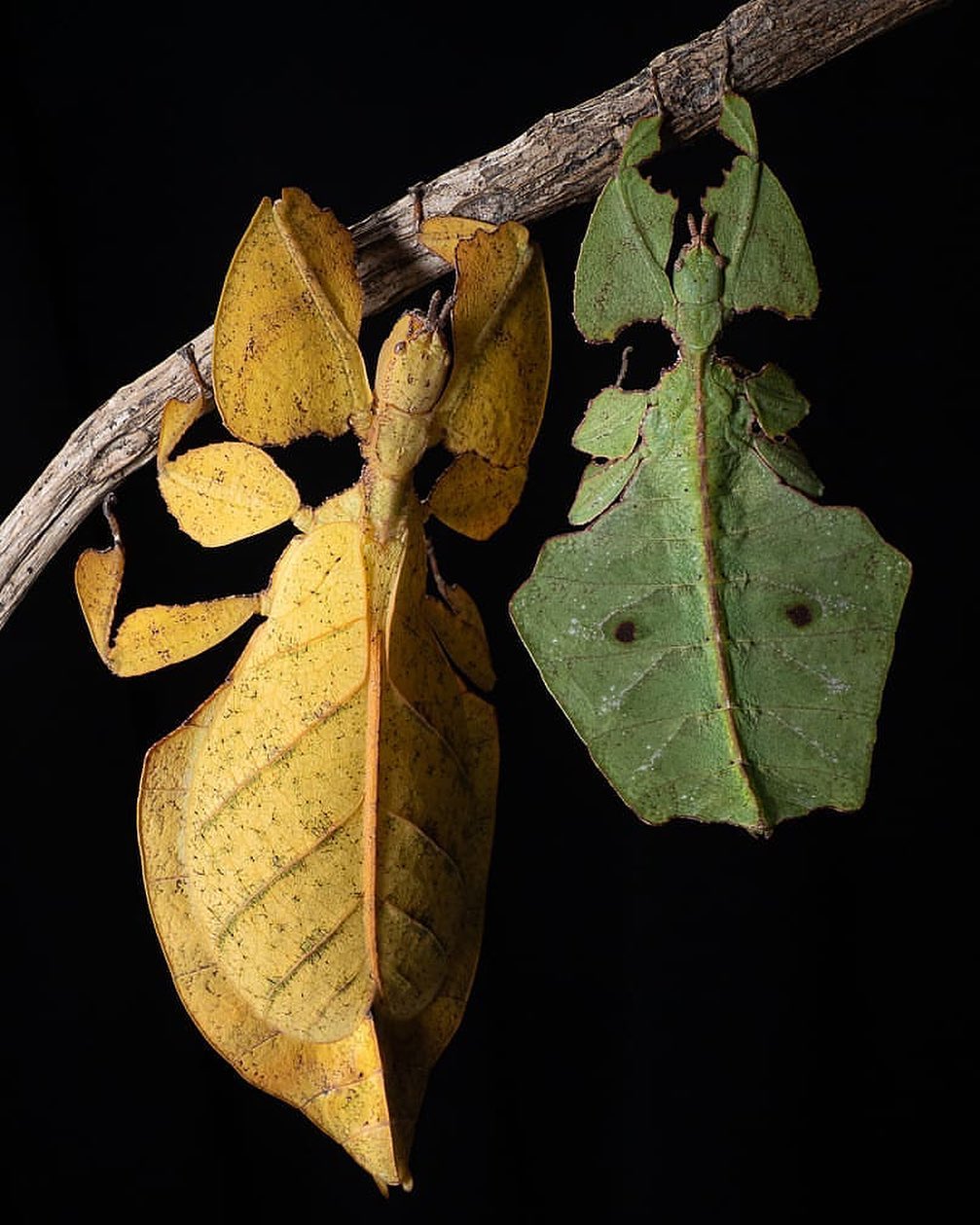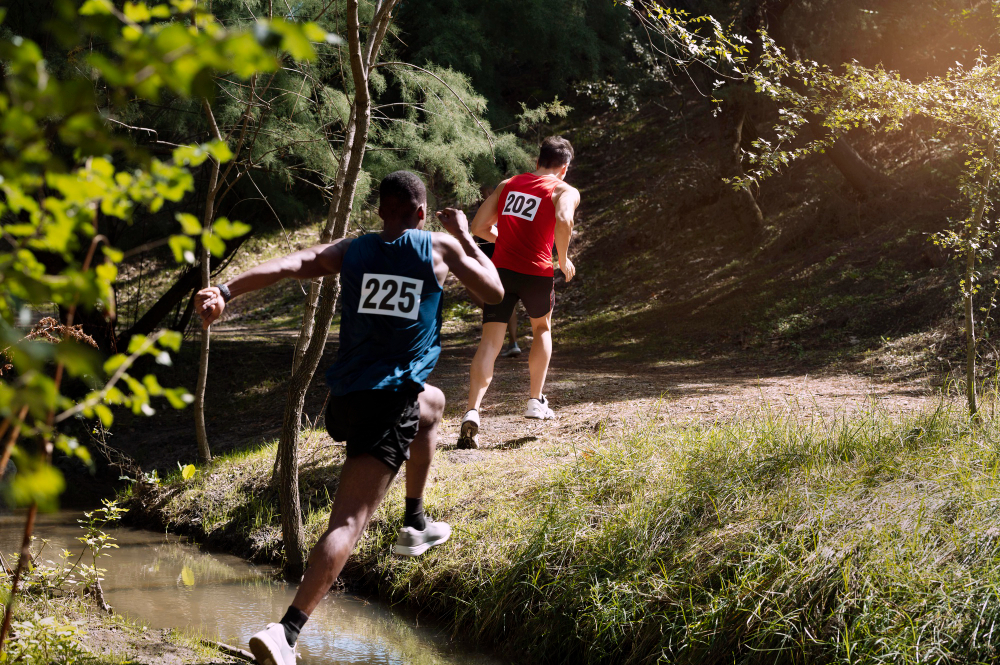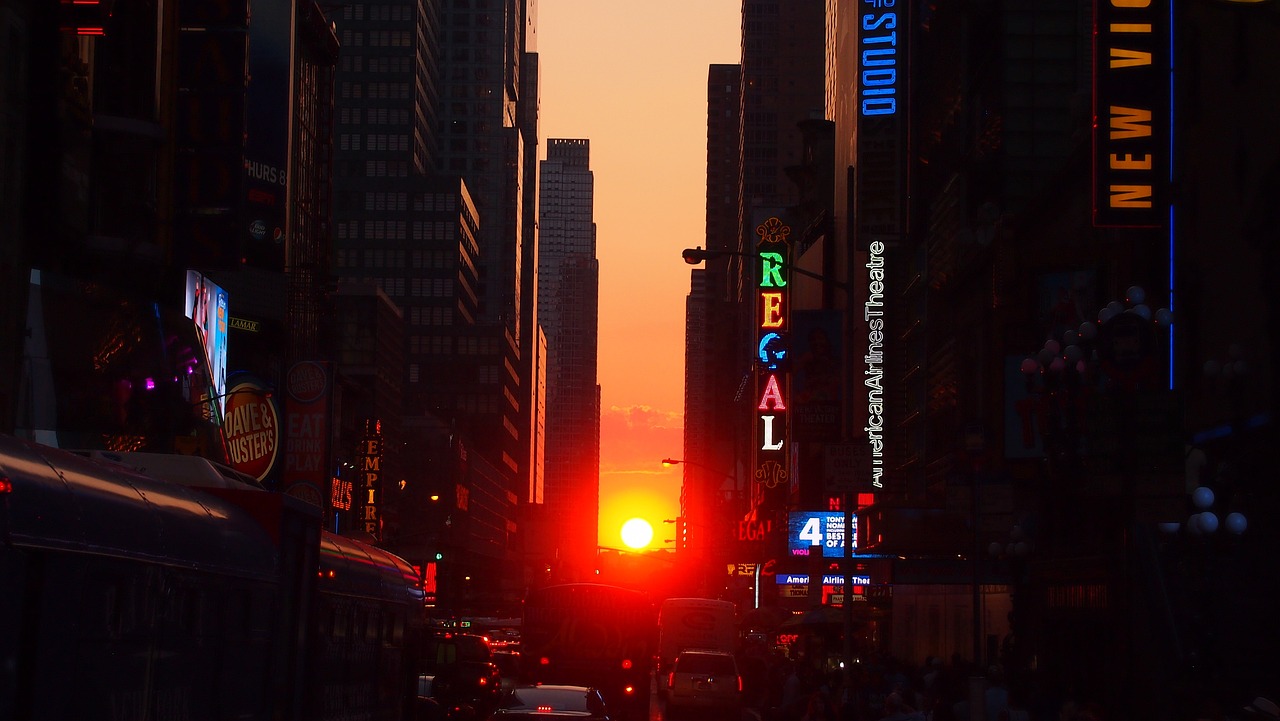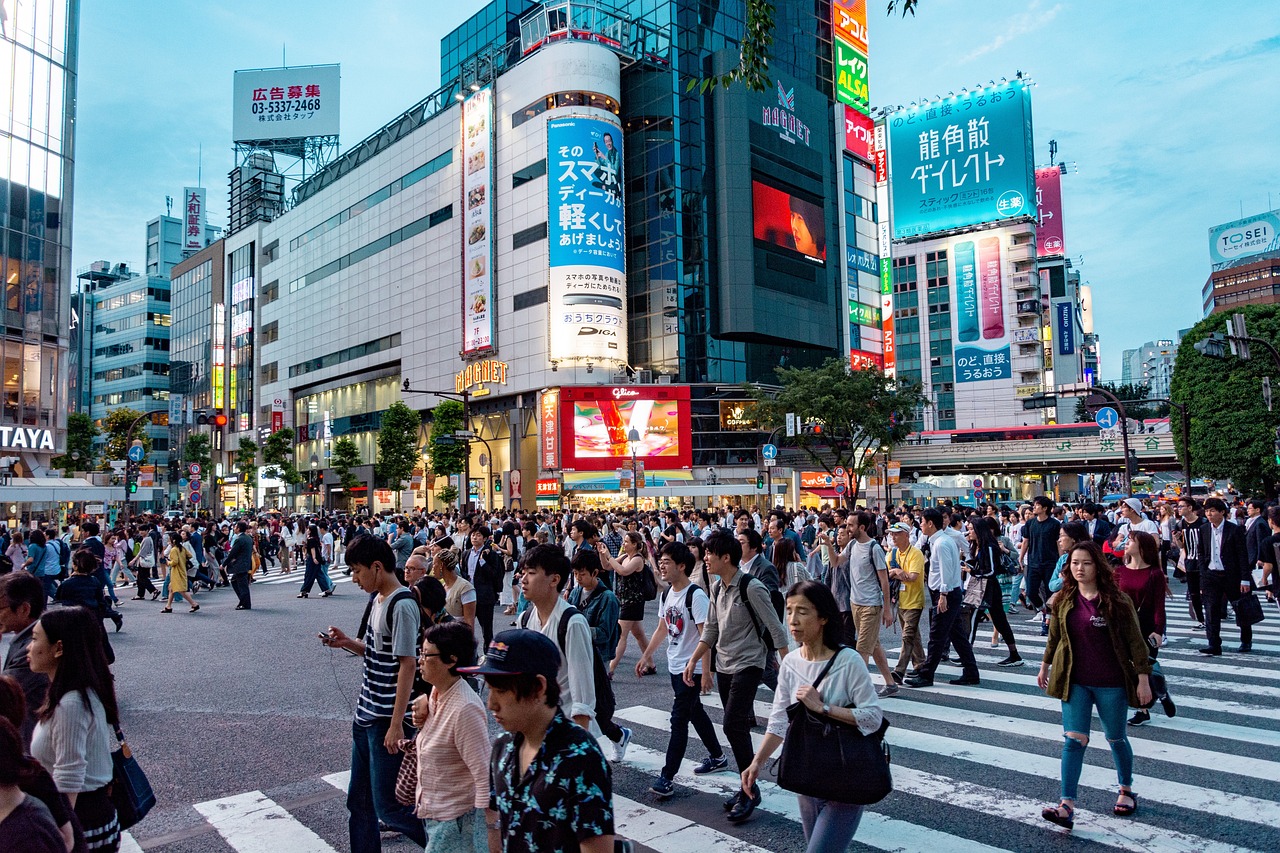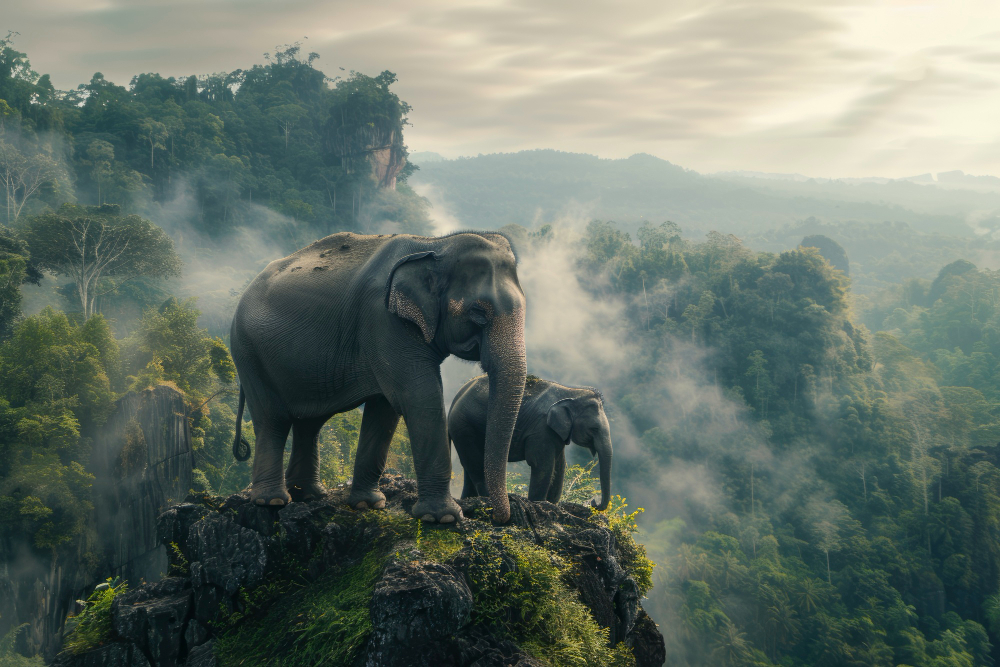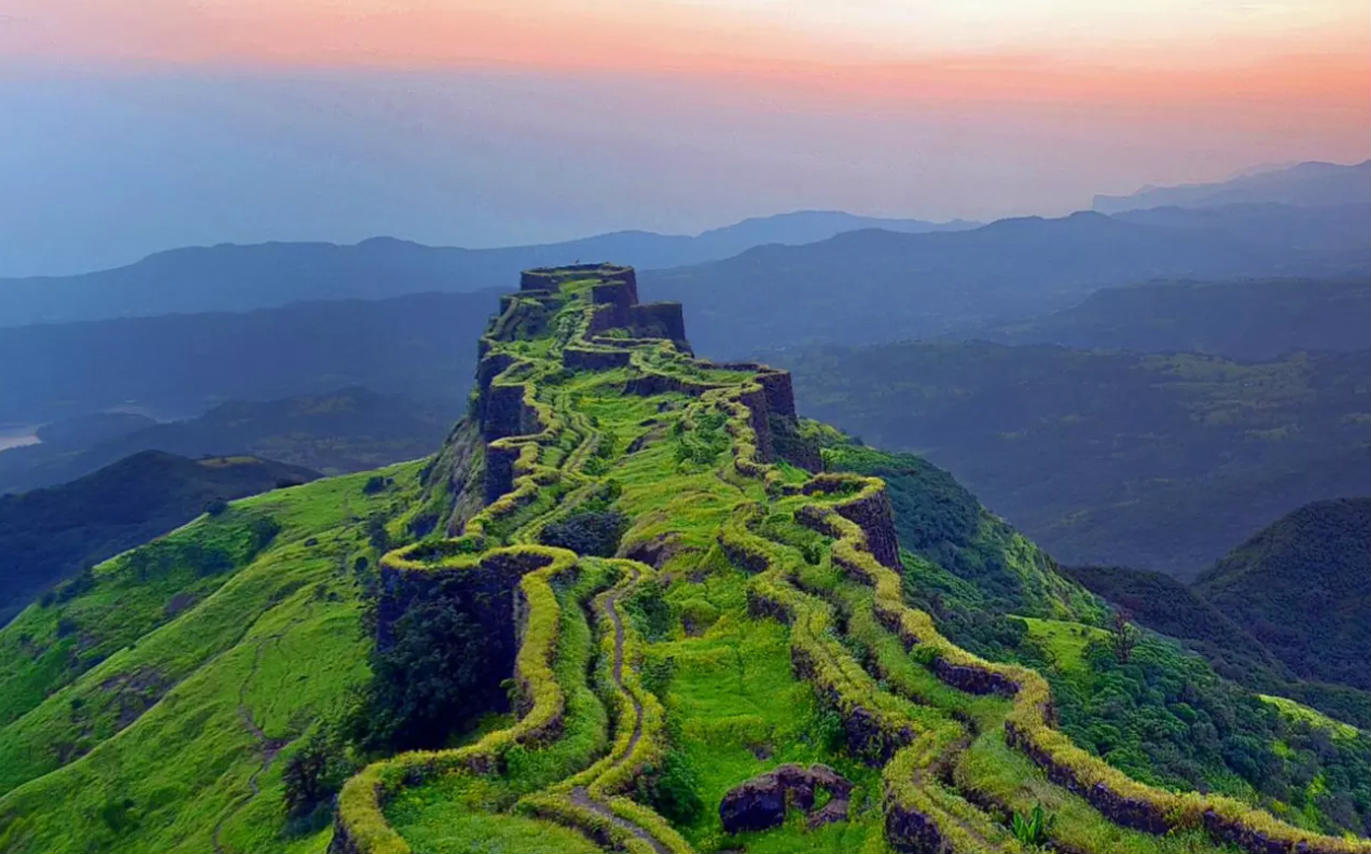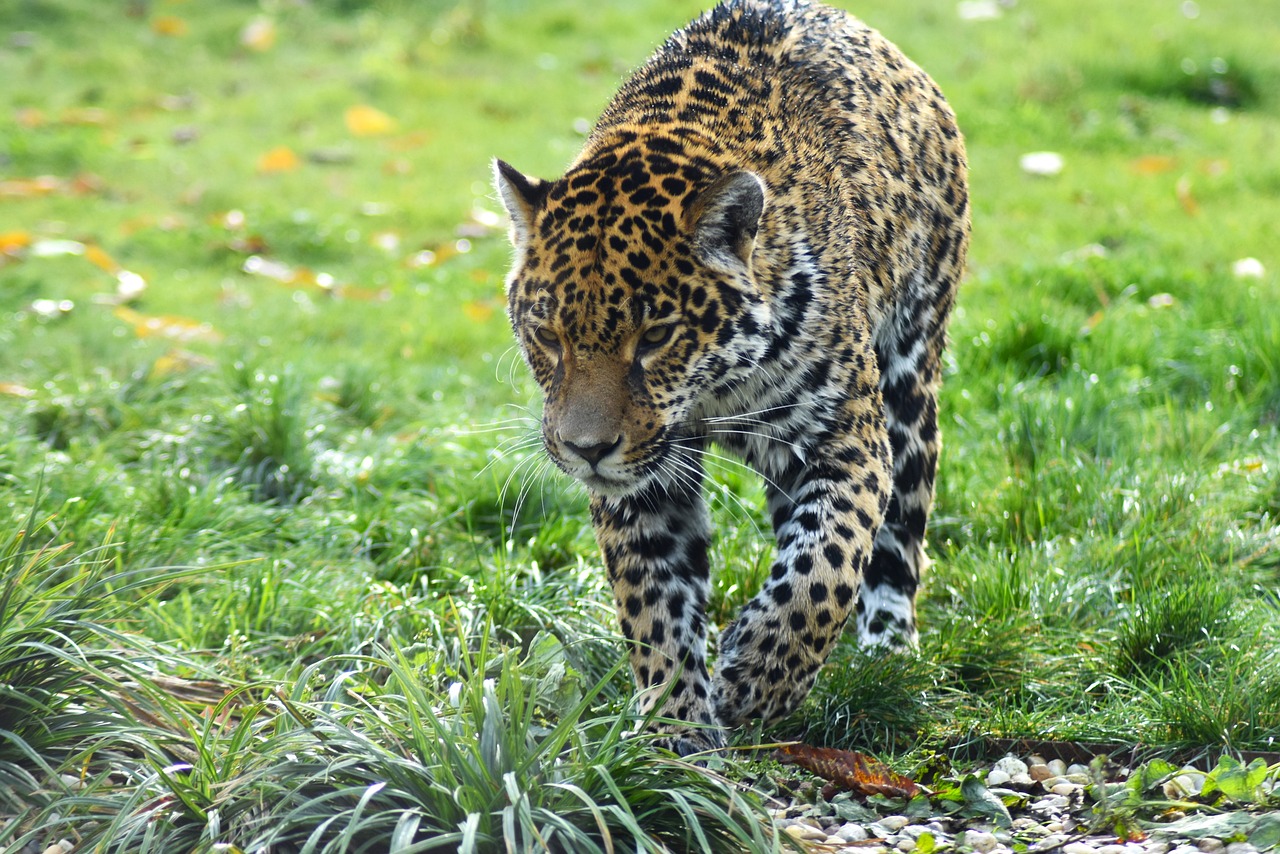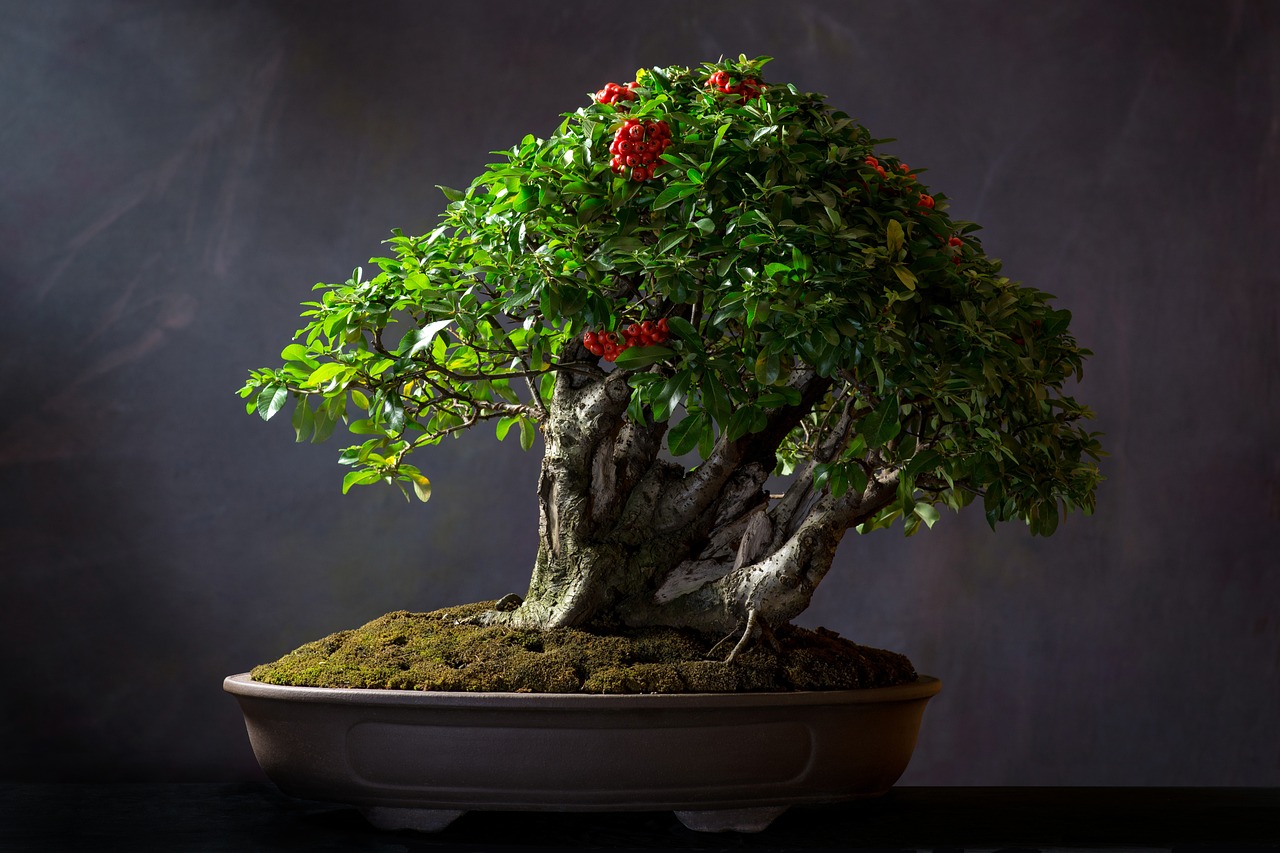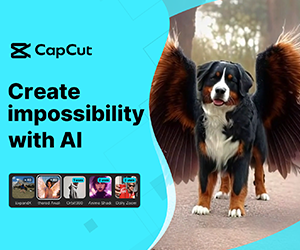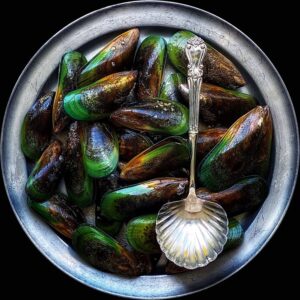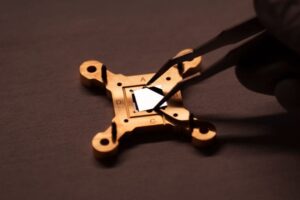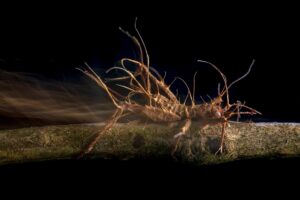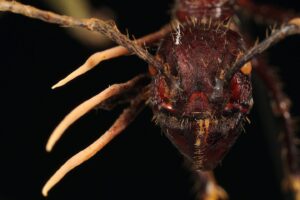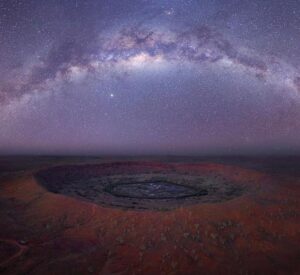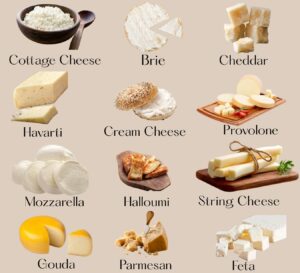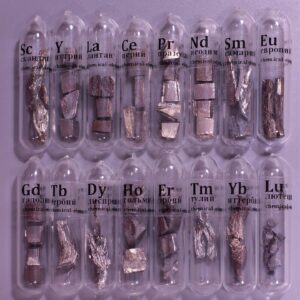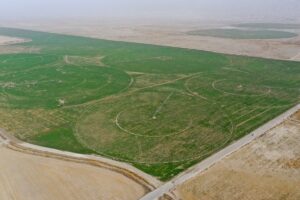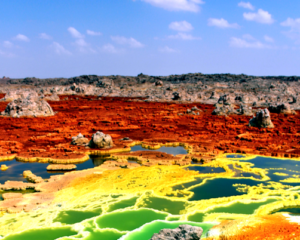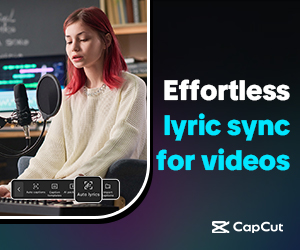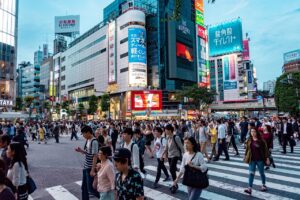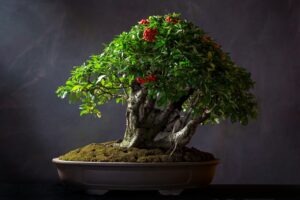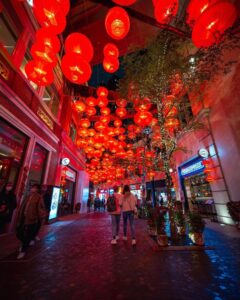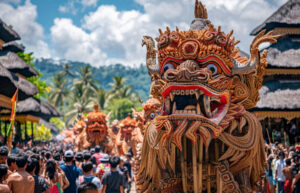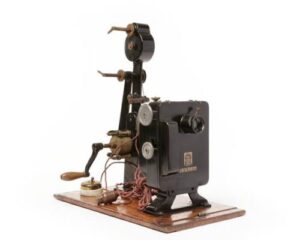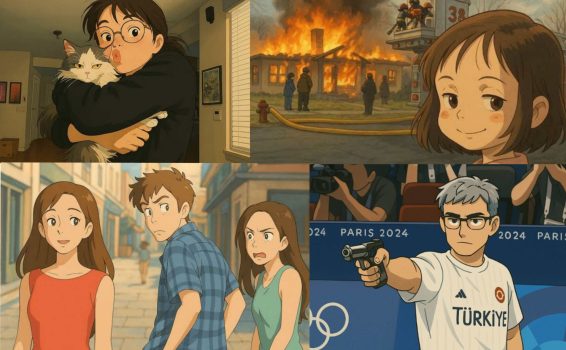 Pin
Pin ChatGPT-generated Studio Ghibli-style memes and portraits are taking over the internet. (Photo: X)
Ever wished you could step into a Studio Ghibli movie? The dreamy villages, golden sunsets, and lush green forests feel like something straight out of a fairytale. Now, imagine creating those breathtaking scenes yourself—without needing to draw a single line. Sounds impossible? Not anymore.
With the power of AI, you can generate stunning Ghibli-style images in seconds, completely free. ChatGPT, combined with tools like DALL·E, can bring your dream landscapes to life with just the right prompt. Whether it’s a cozy town bathed in morning light or a mysterious spirit world hidden in the mountains, AI can create it all.
But here’s the secret: most people don’t know how to craft the perfect prompt to get truly magical results. That’s where this guide comes in. I’ll show you the exact trick to generating AI art that looks straight out of a Studio Ghibli masterpiece. Ready to unlock this hidden technique? Let’s dive in.
Table of Contents
The Viral Surge of Ghibli-Style AI Images
 Pin
Pin Photo by knowyourmeme.com
Ghibli-style AI images are taking over social media. Everywhere you look, people are sharing stunning AI-generated artworks that perfectly capture the warm, nostalgic, and dreamy aesthetic of Studio Ghibli films. What started as a niche experiment quickly turned into a full-blown trend, with users transforming their portraits, landscapes, and even pets into breathtaking Ghibli-style illustrations. The response has been overwhelming, with countless posts going viral as more people discover this incredible trick.
The rise of this trend is largely due to OpenAI’s latest updates, which allow ChatGPT to generate images in various artistic styles, including Ghibli. This means anyone, regardless of artistic skill, can create professional-looking anime-style images with just a few well-crafted prompts. The accessibility and ease of use have made it incredibly popular, drawing in casual users, anime fans, and even digital artists curious about AI’s creative potential.
However, not everyone is on board. Some artists and critics argue that AI-generated art raises ethical concerns, especially when it mimics the style of legendary creators like Studio Ghibli’s Hayao Miyazaki. While AI art is opening new creative possibilities, it also sparks debates about originality, copyright, and the future of digital artistry. Despite the controversy, one thing is clear—Ghibli-style AI images are a trend that isn’t slowing down anytime soon.
How ChatGPT Can Generate Ghibli-Style AI Images
 Pin
Pin Photo by X/@joacodok
Most people think ChatGPT is only for text, but it has a hidden trick—image generation. By integrating ChatGPT with advanced AI image models, you can create breathtaking Ghibli-style illustrations for free. The key lies in using the right prompts and tools to guide the AI into producing the soft lighting, hand-painted textures, and whimsical charm that define Studio Ghibli’s art.
The process starts with ChatGPT’s ability to craft highly detailed image prompts. You describe the scene, the colors, the lighting, and the emotions you want the AI to capture. Then, using an image-generation AI like DALL·E or Stable Diffusion, you bring that vision to life. The more descriptive and precise your prompt, the better the results. Some users even refine their images with additional tools to enhance the painterly effect.
This trick has become a game-changer for artists, anime lovers, and content creators. Instead of spending hours sketching or painting, AI can generate stunning results in seconds. Whether you want a Ghibli-inspired version of your favorite character or a dreamy landscape straight out of My Neighbor Totoro, ChatGPT and AI image tools make it possible. The best part? You don’t need expensive software or advanced art skills—just a little creativity and the right prompt.
Step-by-Step Tutorial: How to Generate Ghibli-Style AI Images Using ChatGPT
 Pin
Pin My Neighbor Totoro (1988) | Image courtesy of Studio Ghibli
Creating Ghibli-style AI images with ChatGPT is easier than you think. Follow these steps to transform your ideas into stunning anime-style artwork for free.
Step 1: Access ChatGPT and an AI Image Generator
First, ensure you have access to ChatGPT and an AI-powered image-generation tool like DALL·E, Stable Diffusion, or Leonardo AI. Some of these tools are built into ChatGPT, while others require separate access.
Step 2: Craft a Detailed Prompt
AI-generated images rely heavily on the quality of the prompt. The more descriptive you are, the better the results. Use this structure for your prompt:
“A Ghibli-style illustration of a peaceful countryside, with golden fields swaying in the wind, a warm sunset casting an orange glow, and a small village in the background. The art style is soft, painterly, and full of emotion, resembling Studio Ghibli films like My Neighbor Totoro and Spirited Away.”
You can tweak this based on the scene you want to generate.
Step 3: Generate the Image
Paste your prompt into the AI image generator. Some tools let you adjust settings like color balance and texture to enhance the Ghibli-like effect. Experiment with these settings until you get the perfect look.
Step 4: Refine and Enhance
Sometimes, the first attempt might not be perfect. You can tweak the prompt, regenerate the image, or use additional tools like Photoshop or an AI upscaler to refine details and make the artwork more polished.
Step 5: Save and Share
Once satisfied, save your image and share it with friends or post it online. Many people are showcasing their AI-generated Ghibli-style artworks on Reddit, Instagram, and Twitter, fueling the trend even further.
By following these steps, you can create magical, anime-style illustrations with the charm of Studio Ghibli—without needing any drawing skills. Try it out and bring your Ghibli-inspired visions to life!
Best AI Tools to Create Ghibli-Style Images
Not all AI image generators produce the same quality. If you want stunning Ghibli-style AI images, choosing the right tool is crucial. Here are the best options for creating beautiful anime-style illustrations.
1. DALL·E (By OpenAI)
DALL·E, integrated with ChatGPT, is one of the easiest ways to generate Ghibli-style art. It understands detailed prompts well and creates high-quality, painterly images. The best part? You can fine-tune the prompts until the AI produces exactly what you need.
2. Stable Diffusion
Stable Diffusion is an open-source AI model that gives you complete control over your image generation. By using special “LoRA” (Low-Rank Adaptation) models trained on anime art styles, you can generate Ghibli-style visuals with more accuracy. It requires some setup, but the results are worth it.
3. Leonardo.AI
Leonardo.AI is a fantastic alternative for anime-style artwork. It provides pre-trained models that can replicate hand-drawn textures and the soft colors typical of Ghibli films. Its user-friendly interface makes it great for beginners.
4. MidJourney
MidJourney is another popular AI generator known for its artistic touch. While it’s not free, it produces some of the most detailed, expressive anime-style images. If you’re serious about Ghibli-style AI art, this might be worth considering.
Each of these tools has its strengths, so it’s worth experimenting to see which one best fits your needs. If you’re looking for free options, start with DALL·E in ChatGPT or Stable Diffusion. With the right tool and a well-crafted prompt, you’ll be creating Ghibli-style AI masterpieces in no time.
Crafting the Perfect Prompt for Ghibli-Style AI Images
The secret to generating high-quality Ghibli-style AI images lies in the prompt. A poorly written prompt will result in generic or lifeless images, while a well-crafted one can produce stunning, hand-painted visuals that feel like they belong in a Studio Ghibli film. Here’s how to write the perfect prompt.
1. Be Highly Descriptive
AI needs as much detail as possible. Instead of saying, “A house in a village,” try:
“A cozy, sunlit village surrounded by lush green hills, with a charming wooden house covered in ivy, a dirt path leading to the door, and a warm afternoon glow in the sky. The scene is painted in a Ghibli-style, with soft colors and detailed textures.”
2. Mention Ghibli’s Signature Elements
Studio Ghibli’s style includes warm lighting, hand-drawn textures, and dreamy landscapes. To guide the AI, use phrases like:
- Soft, painterly colors with hand-drawn textures
- Dreamy, nostalgic atmosphere inspired by Ghibli films
- Warm, golden lighting like a sunset in My Neighbor Totoro
3. Use Emotional and Storytelling Cues
Ghibli art isn’t just about visuals; it’s about emotions. Adding words like “serene,” “magical,” or “melancholic” can influence the AI’s interpretation. For example:
“A young girl standing in a quiet wheat field at sunset, the wind gently blowing her hair as she gazes at a distant mountain. The scene feels nostalgic, like a moment from a Studio Ghibli movie.”
4. Experiment and Iterate
If the first image isn’t perfect, tweak the prompt. Try different color schemes, lighting effects, or emotional themes until you get the desired look.
By following these tips, you can consistently generate stunning Ghibli-style AI images that capture the magic and warmth of Miyazaki’s world.
Why Ghibli-Style AI Art Feels So Magical
There’s something about Studio Ghibli’s art that makes it instantly recognizable. The soft brushstrokes, warm lighting, and carefully crafted details create a world that feels both nostalgic and dreamlike. When AI replicates this style, it taps into that same magic, evoking deep emotions in viewers.
One reason Ghibli-style AI images feel so special is their attention to nature. Ghibli films often showcase lush landscapes, vibrant forests, and peaceful countryside scenes. When AI generates images with these elements—golden sunsets, winding dirt paths, or floating cherry blossoms—it instantly brings that signature warmth and tranquility.
Another key factor is the human touch. Unlike many AI-generated images that look too sharp or synthetic, Ghibli-style AI art mimics traditional hand-painted techniques. By instructing AI to use “soft painterly textures” and “gentle watercolor effects,” the results feel much closer to the real thing.
Finally, there’s the storytelling element. Ghibli’s art isn’t just beautiful—it makes you feel something. AI-generated images can do the same if the prompts are crafted carefully. Adding small but meaningful details, like a girl looking at the sky with wonder or an old man sitting under a sakura tree, turns a simple image into a story waiting to be told.
The result? AI-generated Ghibli-style images don’t just look good—they make people stop, feel, and imagine. And that’s why they’ve become so popular.
Ethical Concerns Around AI-Generated Ghibli-Style Art
While AI-generated Ghibli-style images are exciting, they also raise ethical questions. Many artists and animation fans are debating whether AI should be allowed to mimic the styles of legendary studios like Ghibli. Some argue that AI art steals from real artists, while others believe it’s just another tool for creativity.
One major concern is copyright and originality. Studio Ghibli’s art style is instantly recognizable, and many people worry that AI models are trained on existing artwork without permission. This raises questions about whether AI-generated Ghibli-style images are truly original or if they’re just a remix of someone else’s work. Even though AI doesn’t copy exact images, it learns from them, which makes some artists uncomfortable.
Another issue is the impact on human artists. If AI can generate high-quality anime-style illustrations in seconds, does that reduce opportunities for real artists? Some fear that companies might start relying on AI instead of hiring illustrators, potentially harming the creative industry. On the other hand, others argue that AI can be a helpful tool for artists, allowing them to speed up their workflow and experiment with new ideas.
Studio Ghibli itself hasn’t officially commented on AI-generated artwork, but its co-founder, Hayao Miyazaki, has expressed strong disapproval of AI-created art in the past. He believes art should come from human emotion, not algorithms. Whether AI-generated Ghibli-style images are seen as inspiration or imitation, the discussion around AI ethics is far from over.
How to Monetize Ghibli-Style AI Images
With the rising popularity of AI-generated Ghibli-style images, many people are wondering if they can turn this trend into a source of income. While there are opportunities, there are also legal and ethical challenges to consider before monetizing AI-generated art.
1. Selling AI-Generated Prints and Merchandise
Some artists and AI enthusiasts are selling posters, prints, and merchandise featuring their AI-generated Ghibli-style images. Websites like Redbubble, Etsy, and Teespring allow users to upload artwork and sell it on T-shirts, phone cases, and other products. However, since Studio Ghibli has a well-established artistic identity, it’s important to avoid using their characters or copyrighted material. Instead, focus on original AI-generated art that is simply inspired by the Ghibli style.
2. Offering AI Art Services
If you’ve mastered the process of generating high-quality Ghibli-style AI images, you can offer your skills as a service. Many content creators, businesses, and anime fans are looking for unique AI-generated visuals for their projects. Platforms like Fiverr and Upwork provide a way to sell custom AI-generated artwork, helping others bring their ideas to life.
3. Creating Content Around AI Art
Another way to monetize this trend is by creating content about it. You can start a YouTube channel, blog, or social media page focused on AI-generated anime art. By sharing tutorials, behind-the-scenes processes, and AI-generated artworks, you can attract an audience and earn money through ads, sponsorships, and affiliate marketing.
While there are opportunities to profit from AI-generated Ghibli-style images, always be mindful of copyright issues and ethical concerns. The key to successful monetization is to create original, AI-assisted art rather than directly copying existing styles.
Why Ghibli-Style AI Images Are Trending Right Now
Ghibli-style AI images have taken the internet by storm. From social media to AI art communities, people are fascinated by how AI can recreate the dreamy, nostalgic feel of Studio Ghibli’s animation. But why is this trend growing so fast?
One reason is nostalgia. Studio Ghibli films like Spirited Away and My Neighbor Totoro have a special place in people’s hearts. AI-generated images that capture that same warmth and magic bring back childhood memories, making them instantly shareable online. Many users are generating scenes that look like they belong in a lost Ghibli movie, adding to the excitement.
Another factor is accessibility. Not everyone has the artistic skills to paint in the Ghibli style, but AI makes it possible for anyone to create stunning anime-style artwork. With just a well-crafted prompt, users can bring their dream Ghibli-inspired scenes to life. This has led to a flood of breathtaking AI-generated images on platforms like Reddit, Twitter, and Instagram.
The trend is also being fueled by the rise of AI art tools. With ChatGPT’s ability to generate detailed prompts and AI models like DALL·E and Stable Diffusion improving daily, the quality of AI-generated anime-style images keeps getting better. As more people experiment with these tools, the trend is only expected to grow.
Ghibli-style AI images aren’t just a passing craze—they represent the future of AI-assisted creativity. Whether used for personal projects, storytelling, or just for fun, they show how AI can make artistic expression more accessible to everyone.
FAQs
Yes, you can generate Ghibli-style AI images for free using AI tools like DALL·E (via ChatGPT), Stable Diffusion, or Leonardo.AI. Some platforms may have free usage limits, so if you need higher-resolution images or more customization, you might need a paid plan.
To get high-quality results, use highly descriptive prompts. Mention elements like soft painterly textures, warm lighting, lush nature, and nostalgic emotions. For example: “A dreamy Ghibli-style village at sunset, with hand-painted textures, warm golden light, and a cozy atmosphere inspired by My Neighbor Totoro.”
You can sell AI-generated artwork, but you must ensure it’s original and not a direct copy of Studio Ghibli’s characters or copyrighted scenes. Selling AI-generated images inspired by the Ghibli style is generally acceptable if they are unique and do not infringe on intellectual property rights.
DALL·E (via ChatGPT), Stable Diffusion with anime-focused models, Leonardo.AI, and MidJourney are among the best AI tools for creating Ghibli-style images. Each has its strengths, so experimenting with different tools can help you find the best fit.
The trend is driven by nostalgia, AI’s ability to recreate Ghibli’s signature dreamy art style, and the accessibility of AI tools that allow anyone to create stunning anime-style artwork. With social media boosting AI-generated art, more people are embracing this trend daily.
